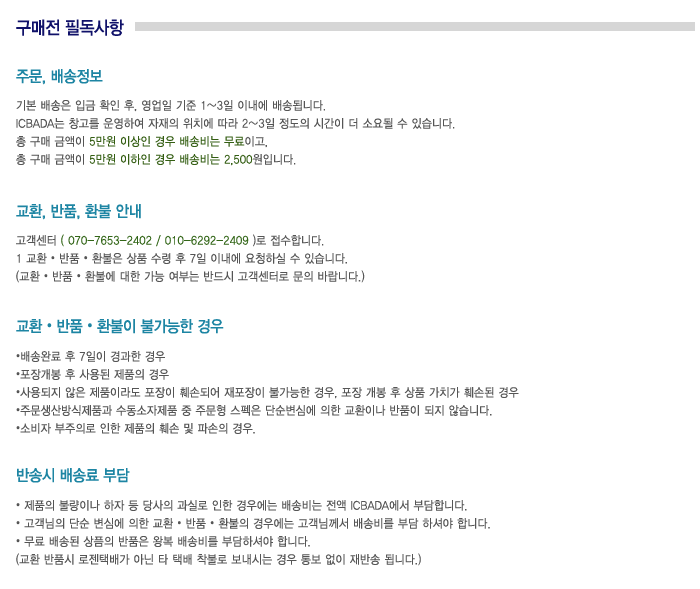| |
 IC
> MCU
> AVR
> ATMEGA162-16PU (40DIP) IC
> MCU
> AVR
> ATMEGA162-16PU (40DIP)
최소주문수량 : 5개
|
|
|
ATMEGA162-16PU (40DIP)
최소주문수량 : 5개 |
|
|
| 제조회사 : ATMEL |
| 판매가격 : 9,800원 |
|
|
|
| 적립금액 : 0원 |
|
|
|
|
|
| ★★★★★ |
| 신속하고 정확한 배송을 약속드립니다 |
|
|
|
|
|
Features
• High-performance, Low-power AVR® 8-bit Microcontroller
• Advanced RISC Architecture
– 131 Powerful Instructions – Most Single-clock Cycle Execution
– 32 x 8 General Purpose Working Registers
– Fully Static Operation
– Up to 16 MIPS Throughput at 16 MHz
– On-chip 2-cycle Multiplier
• Non-volatile Program and Data Memories
– 16K Bytes of In-System Self-programmable Flash
Endurance: 10,000 Write/Erase Cycles
– Optional Boot Code Section with Independent Lock Bits
In-System Programming by On-chip Boot Program
True Read-While-Write Operation
– 512 Bytes EEPROM
Endurance: 100,000 Write/Erase Cycles
– 1K Bytes Internal SRAM
– Up to 64K Bytes Optional External Memory Space
– Programming Lock for Software Security
• JTAG (IEEE std. 1149.1 Compliant) Interface
– Boundary-scan Capabilities According to the JTAG Standard
– Extensive On-chip Debug Support
– Programming of Flash, EEPROM, Fuses, and Lock Bits through the JTAG Interface
• Peripheral Features
– Two 8-bit Timer/Counters with Separate Prescalers and Compare Modes
– Two 16-bit Timer/Counters with Separate Prescalers, Compare Modes, and
Capture Modes
– Real Time Counter with Separate Oscillator
– Six PWM Channels
– Dual Programmable Serial USARTs
– Master/Slave SPI Serial Interface
– Programmable Watchdog Timer with Separate On-chip Oscillator
– On-chip Analog Comparator
• Special Microcontroller Features
– Power-on Reset and Programmable Brown-out Detection
– Internal Calibrated RC Oscillator
– External and Internal Interrupt Sources
– Five Sleep Modes: Idle, Power-save, Power-down, Standby, and Extended Standby
• I/O and Packages
– 35 Programmable I/O Lines
– 40-pin PDIP, 44-lead TQFP, and 44-pad MLF
• Operating Voltages
– 1.8 - 5.5V for ATmega162V
– 2.7 - 5.5V for ATmega162
• Speed Grades
– 0 - 8 MHz for ATmega162V (see Figure 113 on page 265)
– 0 - 16 MHz for ATmega162 (see Figure 114 on page 265)
데이터시트 보기
* 본 제품은 경우에 따라 호환되는 타사 제품으로 변경될 수 있음을 알려 드립니다.
주문시 참고 하세요~~ |
* 제품 사용 전 반드시 테스트 후 사용하시기 바랍니다.
* 첨부된 데이터시트는 참고용으로만 사용하시기 바랍니다. |
 |
|